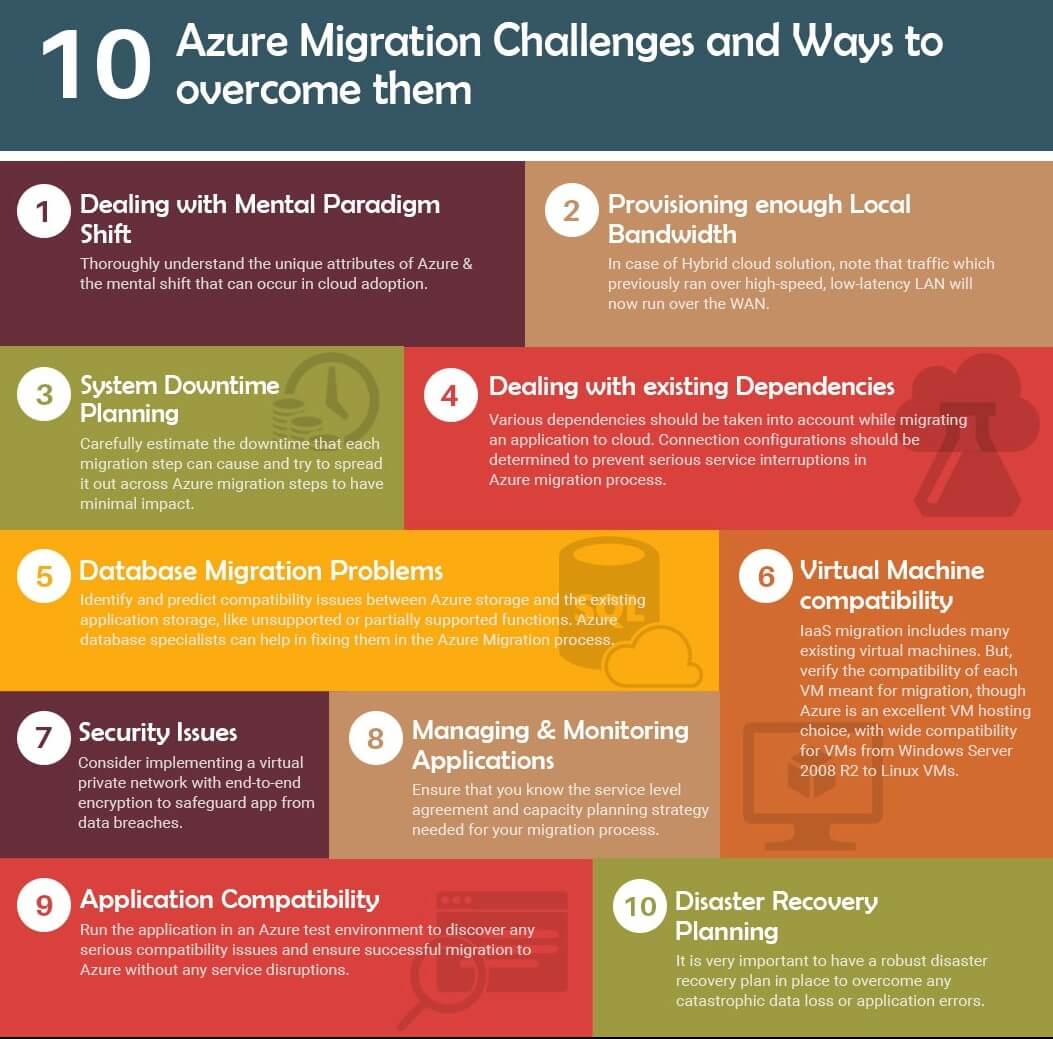If you are following Microsoft’s news, there’s a decent chance you’ve heard about Microsoft Azure, which was formerly known as Windows Azure. This cloud computing administration is a major part of Microsoft’s business, and is its cloud platform that is comparable with Google and Amazon.
However, the main questions that we want to target in this article is, what exactly is Azure? Well, Microsoft Azure is a cloud computing service by Microsoft and is similar to Amazon Web Services (AWS) and the Google Cloud Platform. It was basically designed to successfully build, deploy and manage applications through its worldwide network of data centers. Azure is gaining greater speed, and its forward market projections looks healthy. After testing the Microsoft Azure software, there are many decision-making problems that you commonly come across and it is not as easy as we thought. In this blog we will be giving you the complete guide of Microsoft Azure for the favorable decision making. So, let’s get started.
IT (Information Technology) is vital for the accomplishment of nearly every business. This is especially valid for large enterprises who, attempt to meet client needs expectation, and add strategic value in short to innovate. The problem that comes across the innovation are:
- Keeping up existing programming and incorporating new programming into a complex technology stack
- Fixing, settling, and upgrading the servers
- Data maintenance system
- Recovery technique
- Observing system well being and security
- Meeting industry-regulatory and compliance prerequisites
- Helping the business accomplish new targets and draw in clients utilizing innovation
- Making budgetary plans and ensuring that all the above points possible to justify it.
It’s unavoidable that operational demands create a problem between the technologists concern, the lines of business they should help, and the clients it ought to draw in, hold, and serve. Business demands speed and flexibility.
To bring this two conflicting world together, you should opt for being a cloud enabled association, that limits operational overhead and accentuates solutions.
Read more:- Remarkable Tips On How to Save a Struggling Business
Functionality of Microsoft Azure
If you face problem with web application, you can easily migrate to Azure Web App without worrying about the server infrastructure, facilitating the web application. This is the power of the application server offering.
Servers
Azure virtual machines are similar to the VMWare virtual machines and undoubtedly utilized for quite a long time and are extremely valuable. They can be designed in exceedingly accessible configurations, for example, accessibility sets and scale sets. A Public cloud, in any case, offers new and capable choices that were inaccessible beforehand, for example, Platform as Service items like Azure SQL. This gives the product you expend—for this situation, database administrations—without the operational overhead made by server maintenance (physical or virtual).
Debacle Recovery
It’s difficult to exaggerate the significance of business continuity. It’s important that your key frameworks—both inner and client confronting—stay accessible and powerful, if something turns out bad with at least one of your facilities. To address this need with cloud-native strategies, Microsoft created Azure Site Recovery (ASR). Rather than spending money on server duplicates or customary colocation plans, you can use Azure as your Debacle Recovery (DR) site. This gives the DR work without the infrastructural overhead. These services only scratch the surface of what’s conceivable with Azure, which should frame the core of your cloud change exertion.
If an organization doesn’t need to go in depth, then the another option coming across is “AZURE MIGRATION”.
Moving your business to a high performance cloud solution is something that comes with a number of different benefits. However, it also comes comes with a few challenges. Backup storage, recovery and data security are few difficulties with the current on-premises infrastructure condition. This demands for the need of expanding or integrating their applications with Cloud to deploy game changing solutions. Moreover, migration to Azure Platform isn’t as easy as we think. Following are the few challenges individual or an organization face while migrating to Azure:

As the image itself is self explanatory. We will discuss few points below:-
1) Compatible Application
Prior to deployment in cloud, your application should be mobile and this can come to a confirmation picture by putting it to test in the Azure environment and discover the possible migration path. The finding should be serious because the production is somewhat tricky which can’t be auto corrected without any major service disruptions.
Read more:- Steps To Generate Revenue Without a Sales Team – A Startup Guide
2) Issues with Migration problem in a common database
Removing incompatibilities such as supported and non supported functions facilitate the database in-house.
3) Managing Mental Paradigm Shift
IT pros are often misunderstood between the concepts of hosting an application and on premises on cloud. The foremost thing, the team should have in depth understanding of Azure platform along with the profound understanding of paradigm shift occurring in cloud migration process and development.
4) Downtime planning
A powerful system down time plan is imperative to limit the downtime procedure at the time of migration. To overcome, you ought to precisely estimate downtime for each progression to limit the impact of system downtime.
To sum up, in this article we gave the information on how to solve the problem with Microsoft Azure. Moreover, if you don’t wan to get into its detail, you can even try out Azure Migration. If we have missed anything or in case you have any query, please leave a comment in the comment section below.